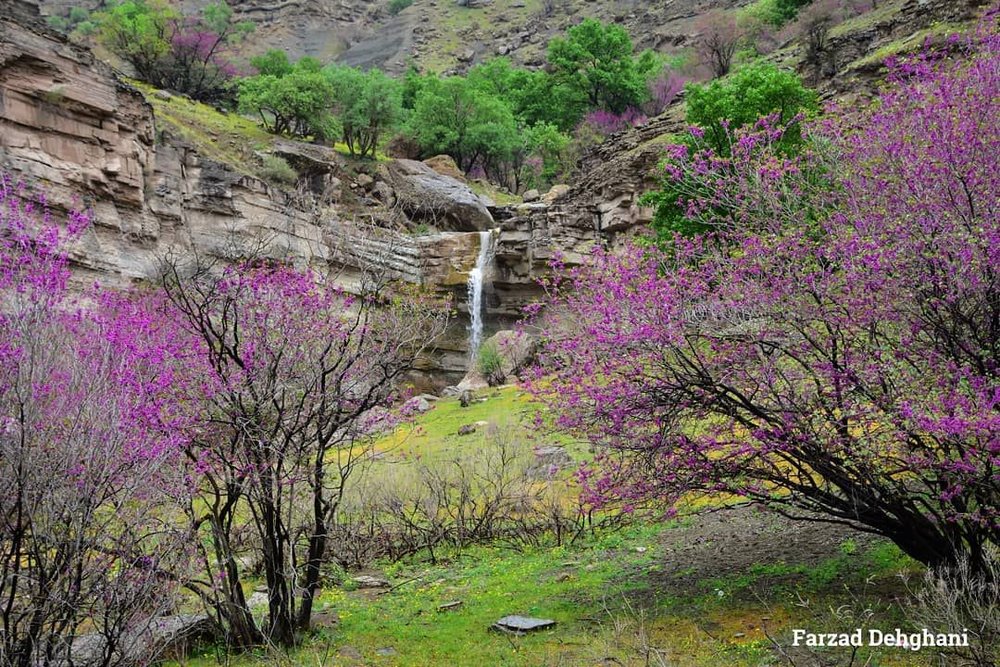Intl. Day for Biological Diversity: Celebrating 25 years of action for biodiversity

TEHRAN — UN Secretary-General António Guterres has issued a message saying that the rich variety of life on Earth is essential for the welfare and prosperity of people today and for generations to come.
The message was published on the occasion of the International Day for Biological Diversity, May 22, the Convention on Biological Diversity website reported.
“That is why, 25 years ago, the world’s nations agreed on the Convention for Biological Diversity. The Convention has three goals: the global conservation of biodiversity, its sustainable use and the equitable sharing of its benefits.”
“Achieving these objectives is integral to meet our goals for sustainable development. Protecting and restoring ecosystems and ensuring access to ecosystem services are necessary for the eradication of extreme poverty and hunger. Reducing deforestation and land degradation and enhancing carbon stocks in forests, drylands, rangelands and croplands are needed for mitigating climate change.”
“And protecting the biodiversity of forests and watersheds supports clean and plentiful water supplies. These are just some of the benefits of biodiversity. Yet, despite this understanding, biodiversity loss continues around the globe.”
“The answer is to intensify efforts and build on successes. This year, Parties to the Convention will begin work on a new action plan to ensure that, by 2050, biodiversity is valued, conserved, restored and wisely used for the benefit of all people. The entire world needs to join this effort.”
“On this International Day for Biological Diversity, I urge governments, businesses and people everywhere to act to protect the nature that sustains us. Our collective future depends on it,” the secretary-general concluded.
Biodiversity in Iran
According to Iran’s Fifth National Report to the Convention on Biological Diversity published on its website, Iran is located in West Asia and borders the Caspian Sea, Persian Gulf, and Gulf of Oman. The mountains enclose several broad basins, or plateaus, on which major agricultural and urban settlements are located. With an area of 1,648,000 square kilometers, Iran ranks eighteenth in size among the countries of the world.
Despite the fact that much of Iran is dry, the wetlands of Iran are globally significant; large populations of migratory birds winter at these wetlands or use them on their way. The complex and varied climates, topography, geological formations and anthropological management of natural resources have led to a varied and unique biological diversity in the country.
In the Iranian ecosystems approximately 8,000 species of plants, 197 species of mammals, 535 species of birds, 227 species of reptiles, 21 species of amphibians, 160 species of freshwater fishes and 710 species of marine fishes have been recorded. Iran is one of the most significant countries in the Middle East and Western Asia for conservation of biological diversity. Habitat diversity in the country allows for a wide range of animals to inhibit in Iran.
Regarding the ecosystem diversity of marine and coastal zones in the North and South of the country, it consists of 25 ecological types and units, in which the most important are coral reefs, bays and small islands.
Threats to biodiversity
There are many ongoing conservation plans to protect Asiatic Cheetah, wetlands, Central Zagros Mountains, Caspian Hyrcanian Forest biodiversity from extinction and degradation either designed and put in motion nationally in collaboration with international entities.
However, water scarcity, land degradation and pollution are three main threats to Iran biodiversity .Iran faces serious water shortage caused by inadequate natural water supply resources and development of water infrastructures such as dams.
Soil loss is another threat to biodiversity brought about by salination, sedimentation, erosion, desertification, deforestation, inadequate land-use planning, and overgrazing.
In rapidly urbanized areas, air pollution originating from vehicle emissions and industrial effluents has become a serious environmental and public health hazard concern. The sand and dust storms in recent years has taken on new dimensions in Iran and has changed from a local problem to a national issue. The primary source of the dust storms that are regularly and negatively impacting Iran’s air quality lies in the neighboring countries as well as dried up wetlands inside the country.
Biodiversity matters
The biodiversity is important for water resources, agricultural and aquaculture productivity and as a result the food security, human health, climate, and economy. Livelihoods of millions of people in Iran are completely dependent on biodiversity of their surroundings.
MQ/MG
